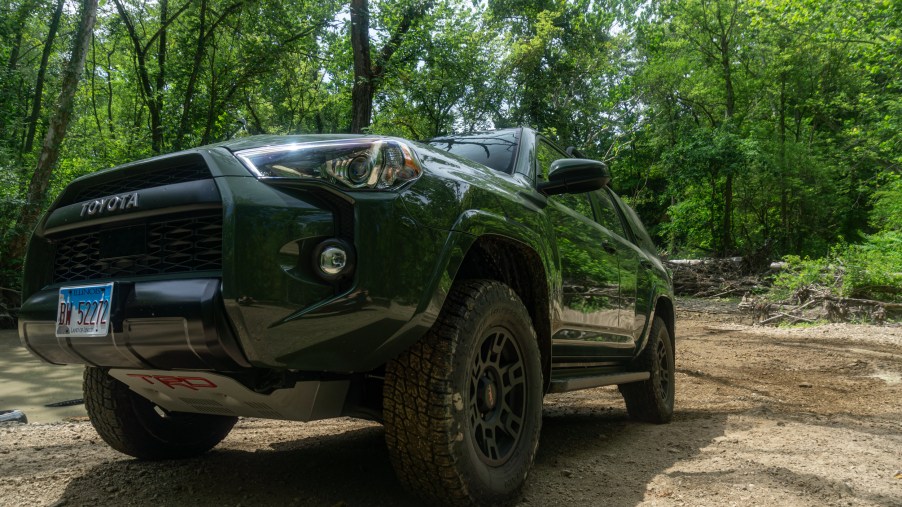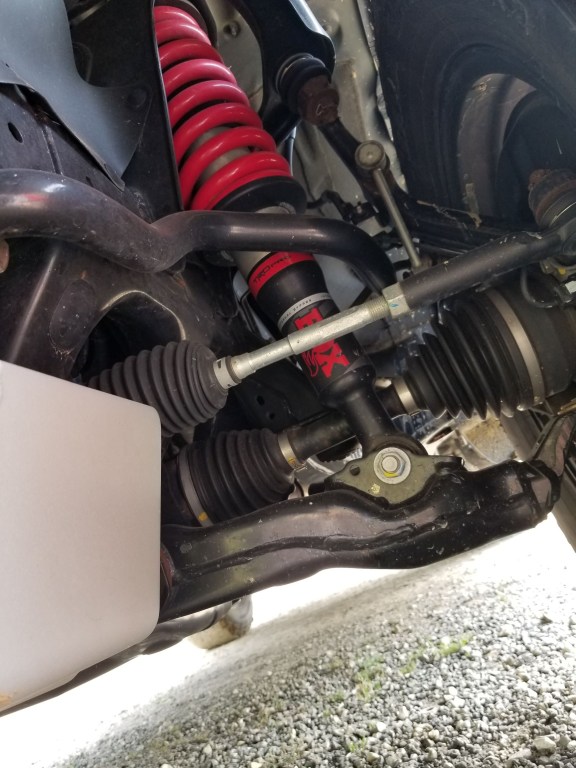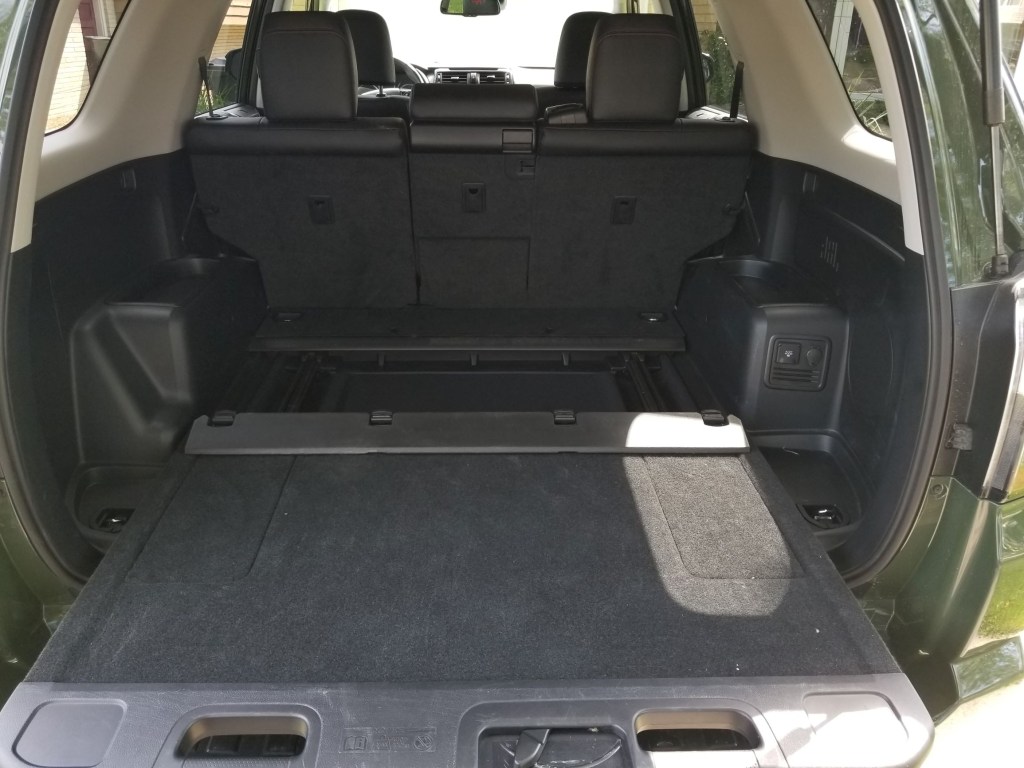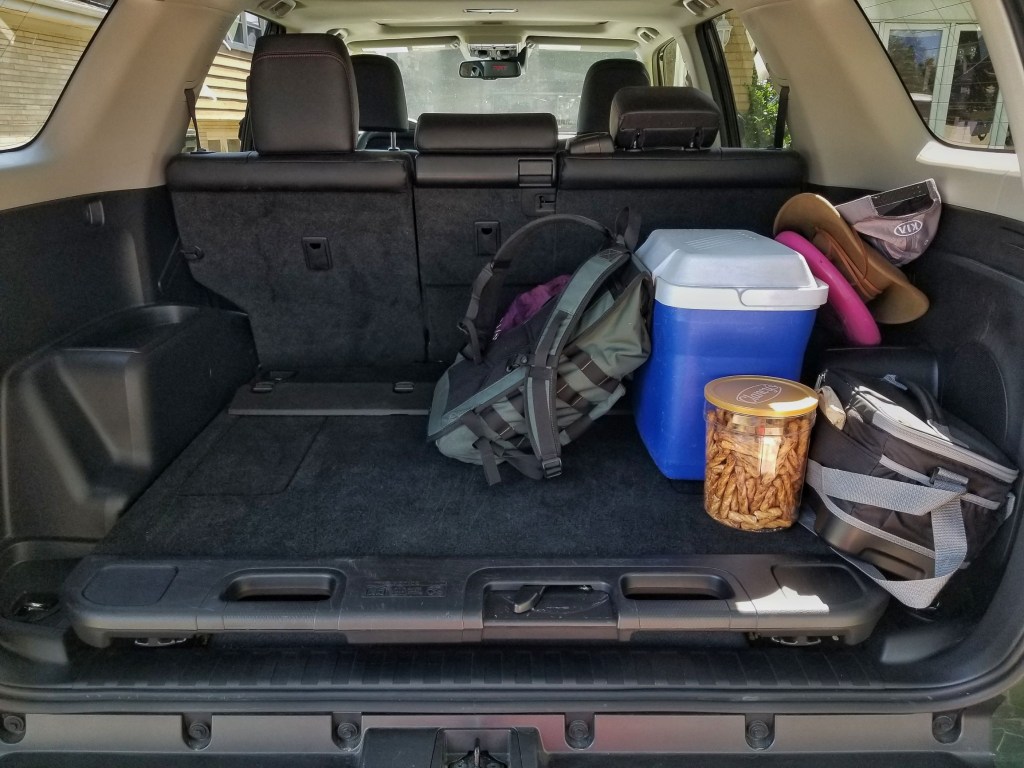
3 Things That I Enjoy About the 2020 Toyota 4Runner TRD Pro
As we’ve stated previously, the Toyota 4Runner TRD Pro isn’t exactly a perfect SUV. But it wouldn’t be so popular if it didn’t also have at least a few strengths and good points. And for the updated-for-2020 4Runner TRD Pro, they go beyond just its reputation for reliability.
The 2020 Toyota 4Runner TRD Pro’s comfortable ride

The 2020 Toyota 4Runner TRD Pro has the same Fox 2.5” shocks, TRD springs, and Nitto Terra Grappler all-terrain tires as the 2019 model, Motor Trend reports. This gives the TRD Pro a 1” lift over base 4Runners, Gear Patrol reports, and a 9.6” ground clearance, Cars.com reports.
The larger tires do make a bit more noise at highway speeds, which is par for the course. And the extra ride height can make it more difficult for some to get in and out of the 4Runner. Not to mention raising the center of gravity.
However, in addition to the off-road benefits, the suspension and tires give the 2020 Toyota 4Runner TRD Pro excellent ride quality. I accidentally drove it over speed bumps at 20 mph instead of 10. No harsh impact noise, no sharp jolt through the seat. In the 4Runner TRD Pro, potholes turn into mild bumps, Road & Track reports—and I concur. And driving on an under-construction road, the SUV never transmitted any buzzing from the irregular surface.
To be fair, as a body-on-frame SUV, the Toyota 4Runner does transmit more impacts to its passengers, CJ Pony Parts explains. Multiple potholes in rapid succession can also upset the SUV, leading to mild head-tossing. Plus, the extra ride height and off-road suspension translate to extra body roll.
But then, the Toyota 4Runner TRD Pro isn’t about Porsche Cayenne-like handling. And around town, it’s significantly more refined than a Wrangler, R&T reports. Also, although you’ll feel and hear more impacts than in a crossover, they’re never harsh. That’s because, in addition to excellent dampening, the Fox shocks provide extra travel.
Large size means a lot of space

While the 2020 Toyota 4Runner TRD Pro isn’t as long or wide as a Lincoln Navigator, it’s not a Suzuki Jimny either. But, while that can make urban parking difficult, even with the backup camera, it does give you plenty of space.

The 4Runner TRD Pro can’t be equipped with 3rd-row seating. However, in its place, the SUV has a slide-out cargo deck that also functions as a seat. And without the extra seats, it means you have plenty of cargo space.

The picture above shows the gear and food I packed for a (socially-distant) weekend day-hike. As you can see, there was plenty of space left over. Car and Driver reports the 4Runner can take up to 14 carry-ons behind the 2nd-row seats. And if you need to carry more cargo, there’s also the 165-lb-rated roof rack.
With only 2 rows of seats, the TRD Pro has seating for 5. And apart from the minor headroom issue, it can seat that many people comfortably no problem.
The Toyota 4Runner TRD Pro has all the modern amenities you need
With the 2020 update, the Toyota 4Runner TRD Pro gained Apple CarPlay, Android Auto, a larger infotainment touchscreen, and Toyota’s ADAS suite. The latter includes lane-departure warning, automatic high beams, adaptive cruise control, and forward-collision warning with automatic emergency braking.
On the highway, the adaptive cruise control was very useful. You can adjust the following distance with a steering-wheel-mounted button, and the system picks up motorcycles as well as cars. The lane-departure warning is just that—a warning—but it’s well-calibrated. I had to deliberately cross the line to get it to beep.
In addition to the added safety and infotainment tech, the 4Runner TRD Pro has built-in navigation, heated front seats, and an excellent JBL audio system. Plus, there are numerous USB and 12V power outlets sprinkled throughout the cabin. For 2020, the 2nd-row passengers gain 2 USB outlets, The Drive reports. And the rear cargo area even comes with a conventional 110V outlet. The only problem I had with any of this was that the navigation listed some addresses differently than Google Maps did.
Follow more updates from MotorBiscuit on our Facebook page.


